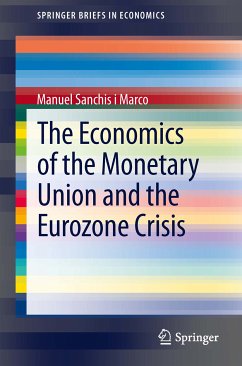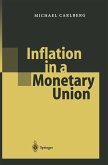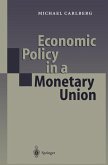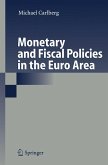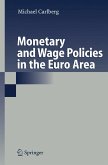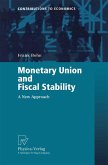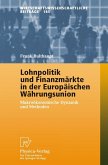¿A regulatory idea conducted this work: the need to connect the economic rationale of the theory of currency areas with the current EU institutional frame of the European monetary unification process. The latter includes the recent revamping of fiscal rules of the Stability and Growth Pact, and calls for enhancing 'flexicurity' in EU labour markets. The lack of EU political leadership is a dead-weight loss to build a genuine economic and monetary union, and risks to blow-up the whole project. Further, it undermines the internal macroeconomic logic of a single currency like the euro, and gives a prominent non-democratic role to financial markets. As it happened in the past with the gold-standard, the euro condemns today the peripheral countries to a deflationary process which might last for a decade. A more pro-European approach is needed with both sides of the system (core and periphery) making the required adjustment efforts, though in the opposite way, to save the eurozone and Europe.
Dieser Download kann aus rechtlichen Gründen nur mit Rechnungsadresse in A, B, BG, CY, CZ, D, DK, EW, E, FIN, F, GR, HR, H, IRL, I, LT, L, LR, M, NL, PL, P, R, S, SLO, SK ausgeliefert werden.

